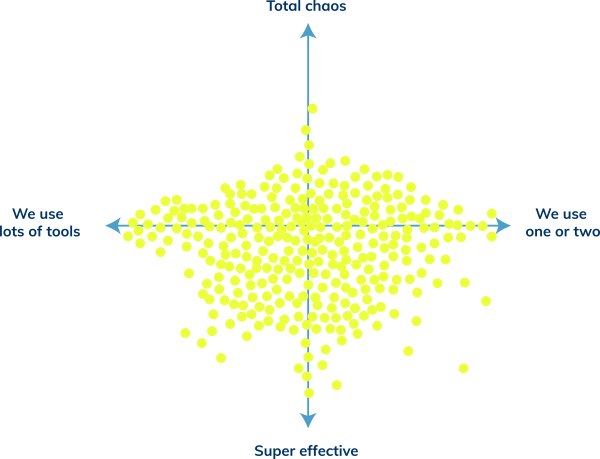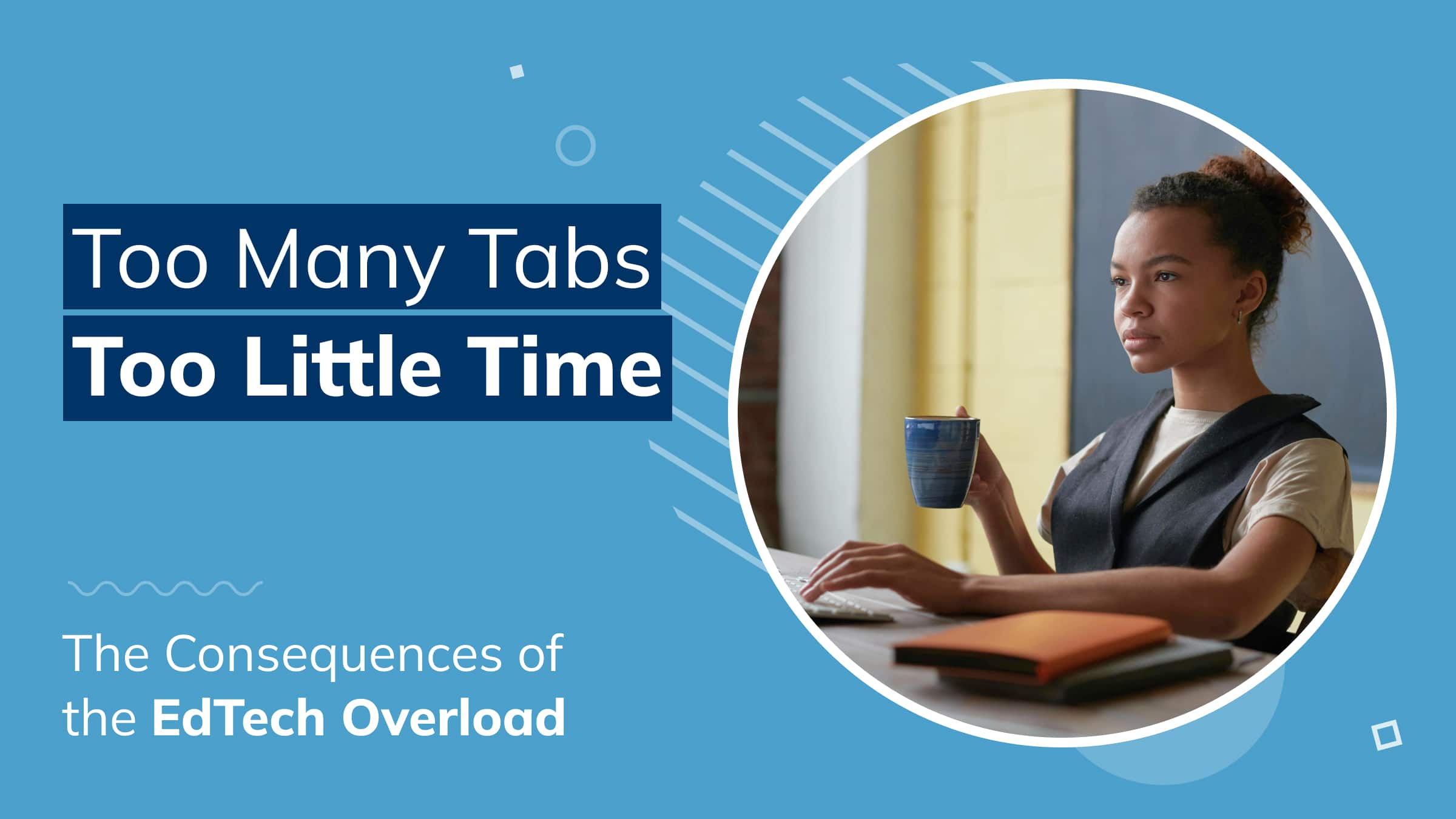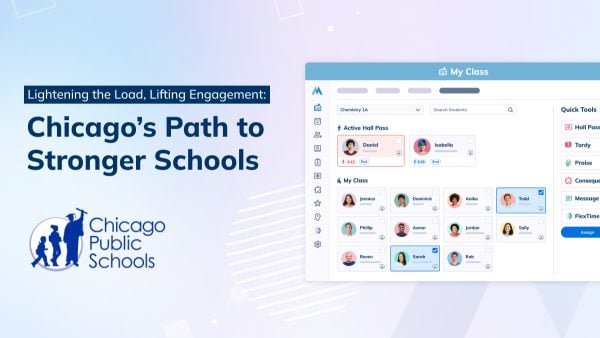Twelve tabs open. Four platforms logged in. And that’s just to take attendance and check homework
If you lead a school, this probably isn’t the first time you’ve heard something like this. And if you’re honest, you’ve probably felt it yourself.
Across the country, teachers are navigating an increasingly crowded tech landscape—juggling platforms for behavior, attendance, communication, classroom management, and more. Instead of streamlining the day, this patchwork of tools often slows things down, adds friction, and pulls focus away from what really matters: teaching.
We saw this firsthand at UNITED 2025 in Seattle, where hundreds of school leaders shared stories like the one above. Through live conversations and interactive activities, one message came through loud and clear:
It’s not that teachers don’t have tools.
It’s that they have too many. And it’s overwhelming.
Visualizing the EdTech Overload
While at UNITED, our team set up an interactive engagement wall – a place in the main foyer where attendees could offer up their thoughts on current behavior trends they’re seeing at their schools. One of the questions asked them to map their own technology effectiveness on a matrix: from “lots of tools” to “just a few,” and from “total chaos” to “super effective.”
What we got was this:

Hundreds of dots. A dense cluster in the middle. A significant number operating in chaos. Most schools reported juggling many tools—and seeing only modest success. The upper-left quadrant (chaos + lots of tools) is where far too many teams are operating today.
As our Behavior Brief puts it:
What the Research Says
This isn’t just a conference anecdote. Across the board, data shows the strain of fractured tech environments:
- The average U.S. school district now uses over 2,500 different EdTech tools each year—up from fewer than 900 just a few years ago.1
- Teachers juggle 40+ digital tools annually, often switching between platforms just to complete daily tasks.2
- Nearly 50% of educators say juggling multiple tools is a top classroom challenge.3
- And critically: ease of use was the #1 success factor in a nationwide study of 1,500 educators by the EdTech Genome Project.4
So the solution isn’t building more tools. It’s building better experiences for the people who use them.
What This Means for Behavior Management
Behavior is one of the top stressors for teachers today—but most schools are trying to solve it with siloed platforms: one tool for referrals, another for announcements, another for parent communication.
And teachers feel it.

We had a real issue with students skipping class. We didn’t need more systems—we needed something simple that worked to help cut down on class-cutting, bring visibility to student movement, and support our staff without adding more to their plates.
Paul Preheim
Assistant Principal, Mt Whitney, CA
When the tools themselves become part of the friction, teachers disengage. Or worse, they’re left to fend for themselves.
Why Simple Beats Sophisticated
Tools that reduce friction get used. Tools that add it don’t.
That’s why we launched My Class—a single pane of glass through which teachers can manage their entire class. We didn’t want to add another tab to a teacher’s already busy day – we set out to remove them.
My Class lives in that bottom-right corner of the tool/effectiveness matrix: few tools, high impact. It streamlines the most common classroom behavior workflows—like documentation, escalation, and parent contact—into one clean, easy-to-use interface.
No extra tabs. No bouncing between platforms. No need for “just one more training.”
Just clarity, consistency, and support—where it matters most.

From Fragmented to Focused
The takeaway from UNITED was loud and clear: educators don’t need more. They need better.
As one principal told us:

Our students are compliant — they come in, sit down, and do the work. But now we want to move from compliance to engagement.
Jason Smith
Principal, Rogers High School, WA
That shift—toward engagement, toward connection—starts by giving teachers the tools they actually want to use.
Ready to Simplify?
This is just the beginning of the conversation. In an upcoming post, we’ll dig into how routine classroom disruptions quietly erode learning—and what to do about it.
In the meantime, if you’re ready to reduce tool fatigue and give your staff a system they’ll actually use, let’s talk about how My Class can support your school.
References





